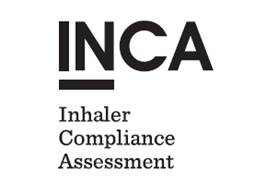RATIONALE: Objective adherence to inhaled therapy by patients with COPD has not been reported.
OBJECTIVES: The aim of this study was to objectively quantify adherence to preventer DiskusTM inhaler therapy by patients with COPD with an electronic audio recording device (INCATM).
METHODS: This was a prospective observational study. On discharge from hospital patients were given a salmeterol/fluticasone inhaler with an INCATM device attached. Analysis of this audio quantified the frequency and proficiency of inhaler use.
MEASUREMENTS AND MAIN RESULTS: COPD patients (n=265) were recruited. The mean age 71 years, mean Forced Expiratory Volume in 1-second 1.3 Litres, and 80% had evidence of mild/moderate cognitive impairment. By combining time of use, interval between doses and critical technique errors, thus incorporating both intentional and unintentional non-adherence, a measure "Actual Adherence" was calculated. Mean Actual Adherence was 22.9% of that expected if the doses were taken correctly and on time. Seven percent had an Actual Adherence>80%. Hierarchical clustering found three equally sized well-separated clusters corresponding to distinct patterns: Cluster 1 (34%) had low inhaler use and high error rates, Cluster 2 (31%) had high inhaler use and high error rates, and Cluster 3 (30%) had overall good adherence. Lung function and co-morbidities were predictive of poor technique, while age and cognition with poor lung function distinguished those with poor adherence and frequent errors in technique.
CONCLUSION: These data may inform clinicians both in understanding why a prescribed inhaler is not effective and to devise strategies to promote adherence in COPD.
Read More at https://www.ncbi.nlm.nih.gov/pubmed/27409253

